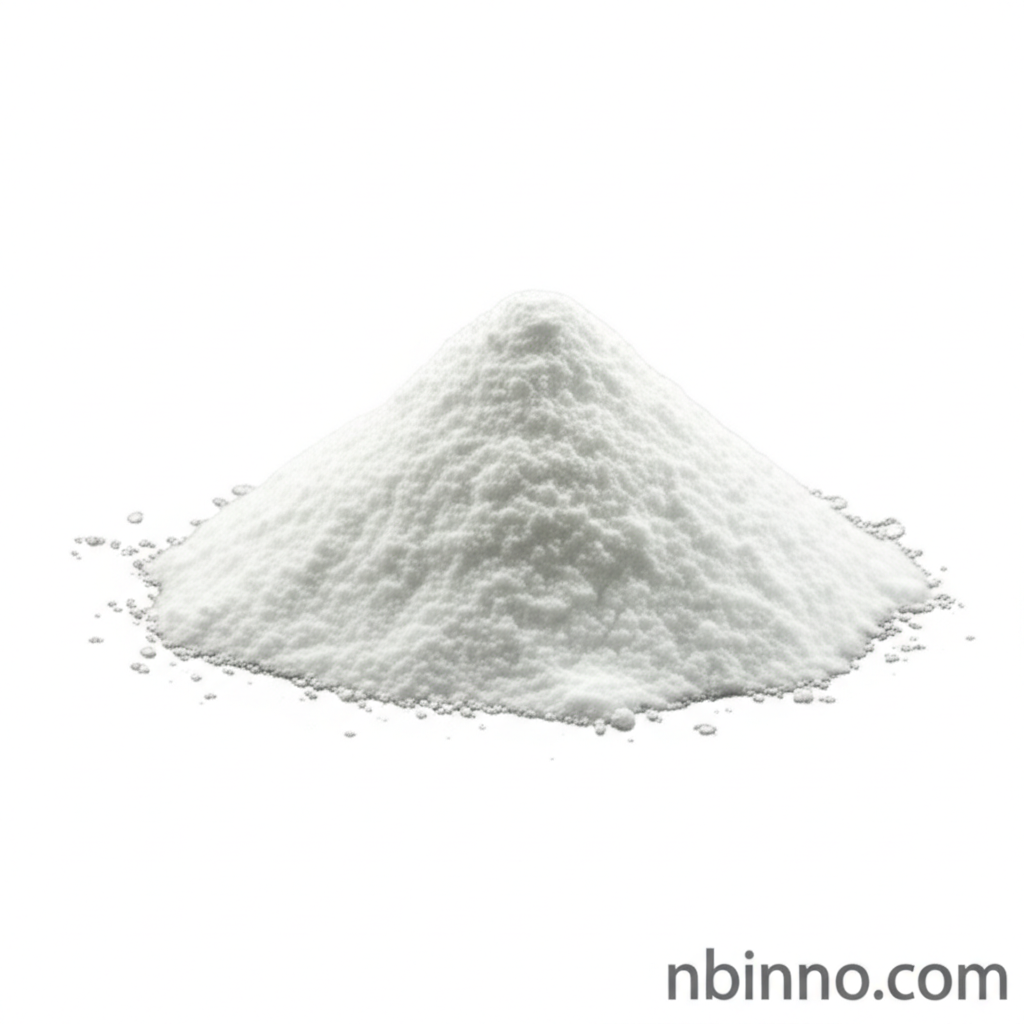L-Alanyl-L-Glutamine: The Stable Dipeptide for Advanced Biological Applications
Discover the superior benefits of L-Alanyl-L-Glutamine for cell culture, parenteral nutrition, and research.
Get a Quote & SampleProduct Core Value

L-Alanyl-L-Glutamine
L-Alanyl-L-Glutamine (CAS 39537-23-0) is a dipeptide that offers significant advantages over traditional L-glutamine in various biological applications. Its enhanced stability in aqueous solutions minimizes degradation and ammonia production, making it an ideal substitute for L-glutamine in demanding cell culture environments and parenteral nutrition formulations.
- Experience enhanced cell viability and growth rates by utilizing a stable L-glutamine substitute for cell culture.
- Benefit from increased solubility, over 10 times that of glutamine, essential for parenteral nutrition.
- Achieve superior results with reduced ammonia production, a key factor in maintaining cell health during culture.
- Ensure product integrity with L-Alanyl-L-Glutamine's stability through sterilization procedures.
Key Advantages
Unmatched Stability
L-Alanyl-L-Glutamine offers superior stability in culture media, a crucial factor when seeking a stable L-glutamine substitute for cell culture.
Reduced Cytotoxicity
Minimize cell damage caused by ammonia with L-Alanyl-L-Glutamine's reduced ammonia production, ensuring healthier cell cultures.
Improved Solubility
The high solubility of L-Alanyl-L-Glutamine is vital for parenteral nutrition applications, allowing for higher concentration formulations.
Key Applications
Cell Culture
Enhance cell growth and viability in research settings by using L-Alanyl-L-Glutamine as a stable glutamine source.
Parenteral Nutrition
Crucial for intravenous feeding, L-Alanyl-L-Glutamine's stability and solubility support patient recovery.
Biotechnology Research
Utilize high purity L-Alanyl-L-Glutamine supplied for critical research requiring reliable biochemicals.
Pharmaceutical Manufacturing
As a pharmaceutical intermediate, it plays a role in synthesizing various therapeutic compounds.
